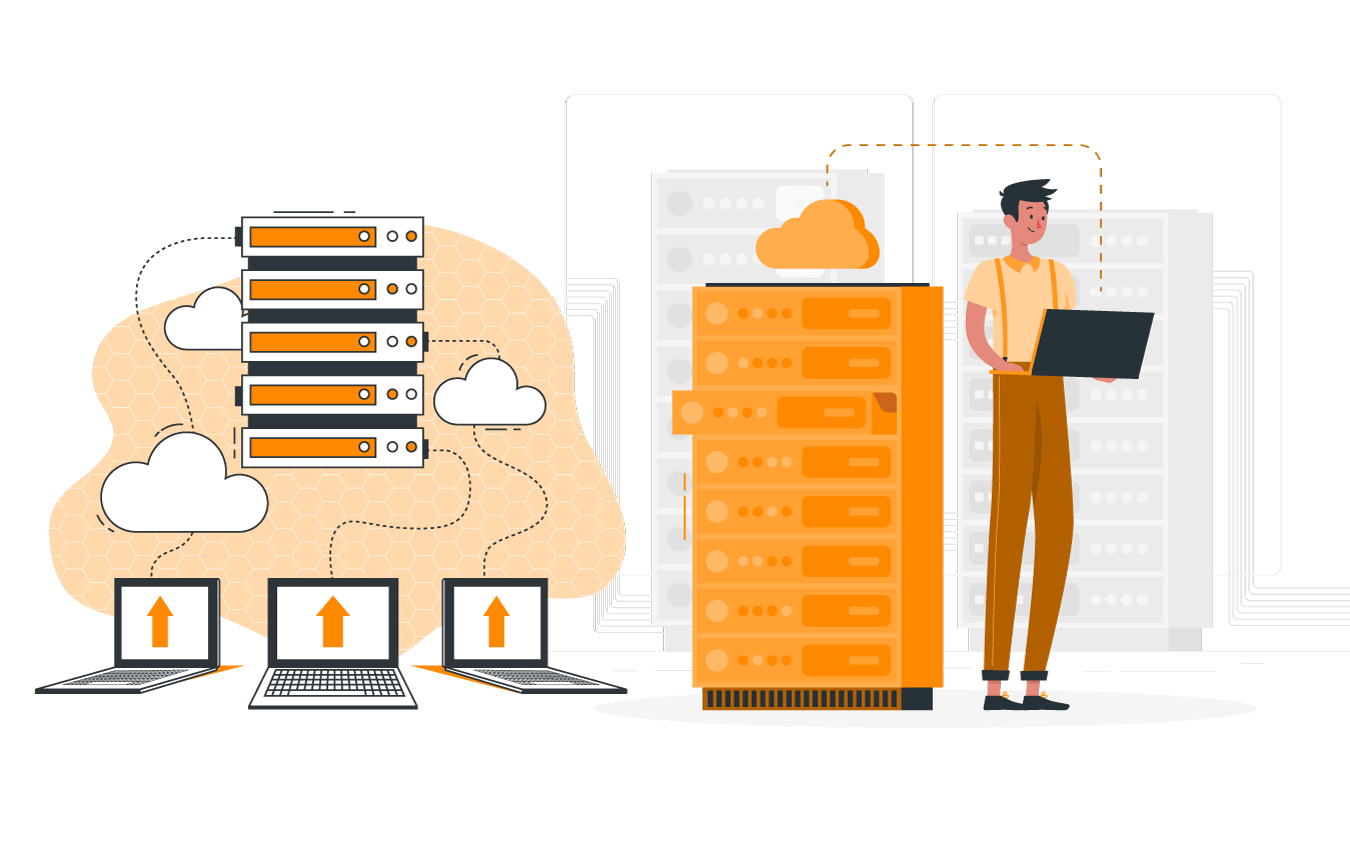
Farewell to LDAP servers: Why it’s time to rethink!
LDAP (Lightweight Directory Access Protocol) has been an established protocol for the central administration of user data and authentication information for decades. Despite its widespread use, there are increasing arguments against the continued use of LDAP servers. In this blog, we highlight the weaknesses of LDAP and present modern alternatives that are not only more secure, but also better adapted to the requirements of modern IT environments.
1. Safety concerns
Data security is more important than ever these days. Unfortunately, LDAP servers have weaknesses in terms of encryption, authentication and attack protection. We explain the most important security problems:
- Lack of native encryption: LDAP transmits requests unencrypted via port 389 by default. Without additional measures such as LDAPS (port 636) or TLS, the data is vulnerable to man-in-the-middle attacks. At a time when data security is becoming increasingly important, this is a considerable risk.
- Outdated authentication methods: Many LDAP implementations support insecure methods such as the transmission of plain text passwords. Such methods no longer comply with current security standards.
- Complexity of integration: LDAP systems often require detailed configurations in order to function securely. However, misconfigurations can create security vulnerabilities, such as excessive access rights or improper encryption.
- High attack surface: LDAP servers are a popular target for cyber attacks. Dispensing with LDAP significantly reduces potential attack surfaces and frequently used attack scenarios.
2. Complexity and administrative effort
The administration of IT systems is becoming increasingly complex. LDAP servers, with their limited scalability and high manual requirements, often contribute to additional work. The most important challenges are outlined below:
- Poor scalability: LDAP quickly reaches its limits in large environments or at multiple locations. The configuration to ensure high availability and replication requires considerable resources.
- Lack of modern standards: LDAP works with an object-based model, which often makes the exchange of user information and authorizations complex and confusing. In contrast, protocols such as OpenID Connect (OIDC) offer standardized and simpler integration options.
- Manual administration: LDAP systems are often administered manually. This not only harbors a high potential for errors but is also inefficient. Modern identity management solutions rely on automation and role-based access control to minimize the administrative effort.
3. Modern alternatives
The requirements for authentication and authorization solutions have changed fundamentally in recent years. Modern alternatives to LDAP not only offer improved security functions but also facilitate integration into existing and future-oriented IT environments. Identity and access management solutions (IAM) from the cloud, such as the IAM from cidaas, not only support modern protocols, but also offer additional security and scaling benefits. These solutions are specially tailored to the requirements of modern IT landscapes. The most important protocols include:
- OAuth2 and OpenID Connect: These protocols offer secure and flexible methods for authentication and authorization. They are particularly suitable for web and cloud applications, but also for client-based applications, such as mobile applications or applications on a laptop.
- SAML (Security Assertion Markup Language): Although SAML has been technically overtaken by OAuth2 and OpenID Connect, it is still used in many single sign-on solutions. It offers centralized and secure authentication options.
4. Challenges in cloud and hybrid environments
Modern IT landscapes are increasingly characterized by cloud and hybrid environments. These place new demands on authentication and authorization. LDAP servers, which were originally developed for on-premise environments, are often unable to keep pace with these requirements. The biggest challenges here are:
- Cloud-native workflows: LDAP servers are traditionally anchored in on-premise environments. Their integration into cloud-based or hybrid infrastructures often requires considerable effort.
- Hybrid authentication: Modern systems offer a seamless connection between on-premise and cloud services. LDAP, on the other hand, often fails due to the complexity of such integrations.
Despite its widespread use, it is clear that LDAP is no longer able to meet the requirements of modern IT environments and that are now more secure, scalable and user-friendly alternatives. Protocols such as OAuth2 and OpenID Connect, which offer modern cloud-based IAM solutions are not only more secure, but also easier to manage and more scalable. Switching to a modern solution improves the security situation, reduces the administrative burden and facilitates integration into cloud-based working environments.
As the saying goes, the introduction of a new IAM system is not a simple changeover, but a journey – a journey that is worthwhile if the destination is clearly defined. With cidaas at your side, this journey will be a success.
Would you like to find out more? Then please contact us.


